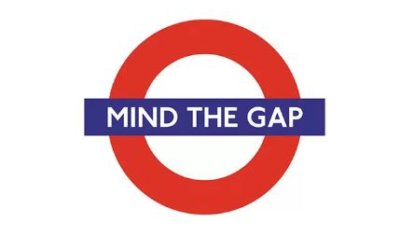It seems like I see a story of a student contending with a boatload of educational debt about every other day. The latest from CNN Money is entitled “Student Loan Horror Stories” and chronicles five people with eye-popping debt and one guy who chose a state school over Cornell, leaving college owing nothing.
In this day of reader replies, I find myself perusing the comments with more interest than the often tainted articles. Readers were merciless on the photography student who ran up six digit debt, only to “discover” upon graduation that she would not be able to earn enough in her chosen field to finance the loan payments. She went on for a Master’s in marketing and now works in that field, purportedly making enough to cover her monthly loan payments.
While I am a fan of personal responsibility, it is clear that many of these young people agreed to begin borrowing huge sums of cash on or about their eighteenth birthday. While I presume the requisite “counseling” occurred to satisfy federal regulations, it is unlikely that the gravity of their decision was explained to them. We can harp all we want about personal responsibility but with enough of these stories floating about, higher ed will suffer reputational harm, similar what CPAs did in the aftermath of Enron and WorldComm earlier this century. We can win the argument with, “Hey, we don’t force anyone to borrow,” and lose the battle. Students like the last one in the article who brag about their subsidized state school will become all the more common. Something, or things need to be done.
Some private institutions are carving out space for underserved populations who want an Associate’s degree but have no funds. By pricing the program within the parameters of federal and state grants and with minimal loans (the $150 a month variety) they create the opportunity for a quality education in a nurturing environment. The total cost of such programs? About $16,000.
Reliance on local libraries, the internet and a lack of student accoutrements could be construed as negatives for these programs. After all, the student lives at home and enters the classroom for ten hours a week or so. It’s not the same as loading up the station wagon and heading off to Alma Mater College for four years of residential bliss. For first generation students or those who have landed a flexible, good-paying job after high school (maybe in the family business), this is an option that deserves exploration.
The current growth in college online programs appears to be directed to the adult learner but that may be changing. States are creating full curriculum – free of charge for students to complete a k-12 education at home. With a growing number of students who have opted for high school under this kind of experience, it is conceivable that an online Associate’s or Bachelor’s degree is ripe for the traditional aged population. Some pioneers are already making good use of this rapidly developing opportunity.
The bottom line here is that institutions of higher learning do not want celebrated graduation stories of students with six digit debt. What has been explored here are ways to provide a basic education for lower cost and higher convenience. This does not address the issues confronting higher education in its traditional configuration. I’ll explore that at a later time – and get a few people exercised, I’m sure.
Stay tuned, my colleagues.



